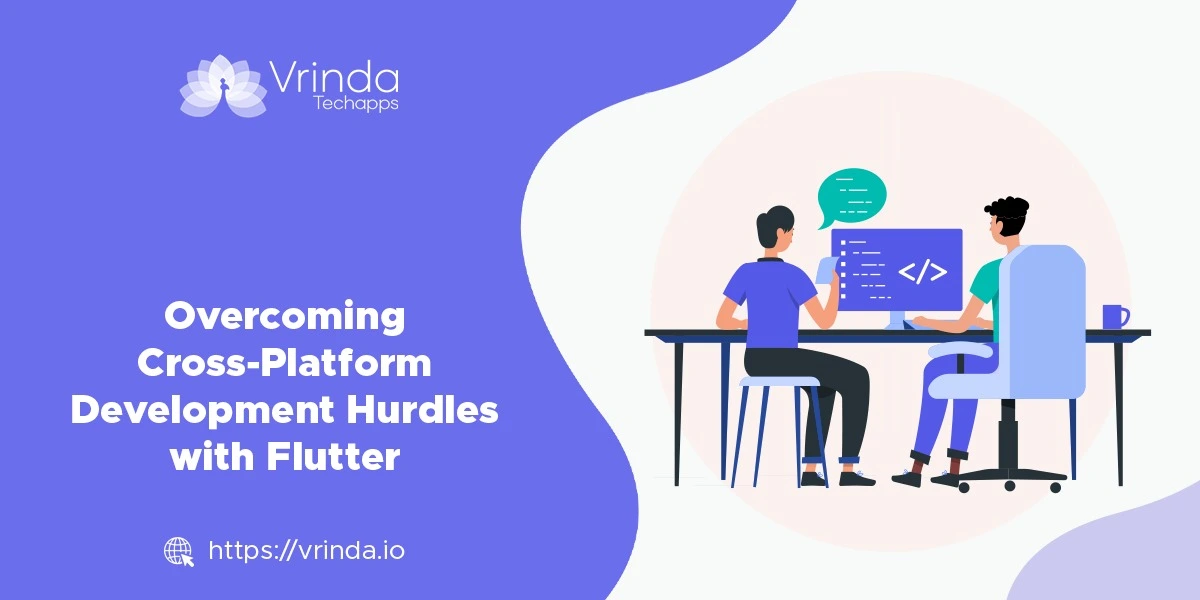
Cross-platform app development has become increasingly popular in recent years, as businesses seek to reach a broader audience with their applications while minimizing development costs and efforts. Flutter mobile app development, a framework developed by Google, has emerged as a powerful tool for cross-platform development. Below, we will explore the challenges developers face when building cross-platform apps and how Flutter provides innovative solutions to these challenges.
With the proliferation of mobile devices and operating systems, developing separate native applications for each platform can be time-consuming, expensive, and resource-intensive. This is where cross-platform development comes into play, enabling developers to write code once and run it on multiple platforms, such as iOS and Android. Cross-platform frameworks like Flutter have gained traction due to their ability to streamline the development process and deliver consistent user experiences across different devices.
While cross-platform development offers many advantages, it also presents several challenges that developers must overcome to build successful applications. Let’s explore some of these challenges:
Flutter has gained popularity as a cross-platform development framework due to its innovative solutions to the challenges mentioned above. Let’s explore how Flutter addresses these challenges:
Cross-platform development with Flutter offers innovative solutions to the challenges developers face when building apps for multiple platforms. With its high performance, ability to deliver a native look and feel, access to native features, and development simplicity, Flutter has gained significant momentum in the UI UX design services industry.
As businesses continue to seek cost-effective ways to reach a broader audience, Flutter is positioned as a powerful tool to help them achieve their goals. By enabling developers to write code once and run it on multiple platforms, Flutter empowers businesses to expand their reach and deliver consistent and engaging user experiences, ultimately leading to greater success in the competitive mobile app market.
© 2024 Vrinda Techapps India Pvt. Ltd. All Rights Reserved
© 2024 Vrinda Techapps India Pvt. Ltd. All Rights Reserved